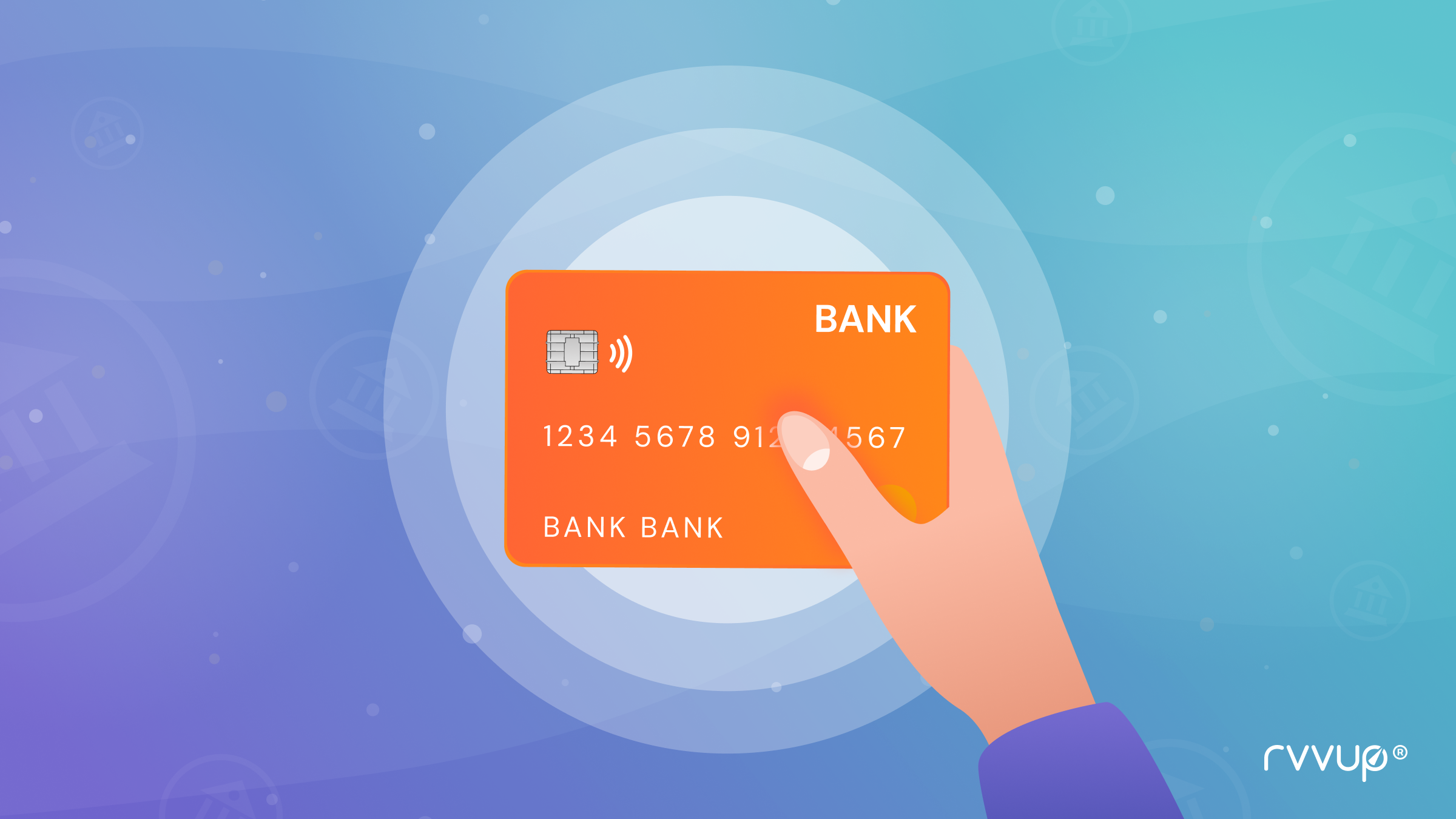How Do Card Payments Work?

Have you ever wondered how credit and debit cards work? When you pay for something and the payment processes – what’s the technology behind it? We all take these little pieces of plastic for granted as we use them so often. In this piece, find out how the system works, especially if your business relies on credit and debit card payments - it’s interesting to learn about the process involved.
The Terminology Involved
See below for a list of the terms involved and what they mean:
The Cardholder
The person who holds the credit or debit card which is issued by the bank or financial institution involved. The cardholder uses their credit or debit card account to pay for goods or services online or offline.
The Merchant
This relates to the business accepting the card payment. The buyer receives goods or services in exchange for the credit or debit card payment.
The Merchant Bank
This relates to the merchant’s bank which receives the funds sent from the Cardholder from the credit and debit card payment on behalf of the merchant. The Payment Processor or Acquirer
Payment Processors are the companies that process the transactions from credit and debit card payments. The processors connect the card networks, the merchants and the merchant banks together, which facilitates the payment processing.
The Issuing Banks
The issuing banks issue the credit and debit cards to the cardholders. These are banks, credit unions or other financial institutions e.g. building societies.
The Card Associations
Card associations, also known as payment card networks or schemes, are organizations that establish and maintain the infrastructure and rules governing the use of payment cards, such as credit cards and debit cards. Card schemes provide the framework that enables cardholders to make purchases and facilitates the movement of funds between the cardholders, merchants, and issuing banks. Some of the well known card schemes include Visa, Mastercard and American Express.
The Credit Card and Debit Card Process
The process is as follows:
First, the cardholder presents their card for payment for goods or services. For offline payments, the cardholder swipes, taps or inserts their card into a Point Of Sale (POS) system. For online payments, cardholders usually key in their details although they can also use Open Banking if offered as an alternative. The POS system could be a terminal or a system at the till point. Online, the system is traditionally known as a gateway, which can support online payments both on desktop, mobile web and in-app..
Next, a request arrives at the payment processor for authorisation of payment. Once that happens, the transaction goes through to the associated card association and reaches the issuing bank. Following that, there’s an automated authorisation request, this could include the security code, the CVV, expiration date or other. At this point, the payment is either declined or approved. If a payment is declined, it could be because there is insufficient funds, or not enough credit left on the card, or because the card has expired. If a payment is accepted, it simply goes through as approved back through the card association to the merchant account and finally reaches the merchant’s bank account.
While it sounds like a lengthy process, it all happens in seconds!
Other than ensuring credit cards are paid off at the appropriate time, there’s nothing left for the consumer to do at this point, but what about the merchant?
The settlement of funds can take several days. Payment isn’t instant. Following those stages, the issuing bank transfers the funds back to the merchant bank (taking a fee) and the funds eventually appear in the merchant’s bank account.
These are the basic steps of credit and debit card processing. While it seems like a lengthy process, with the power of advanced technology, everything happens in moments (with exception of settlement of funds).


